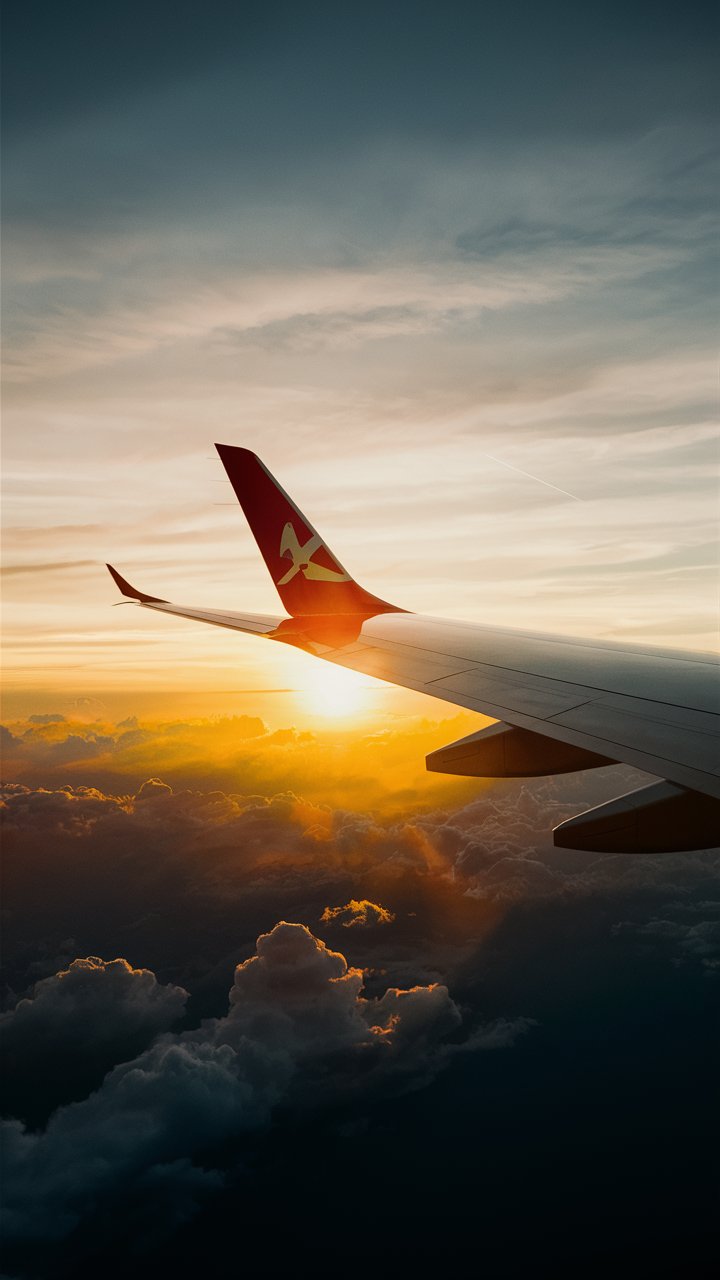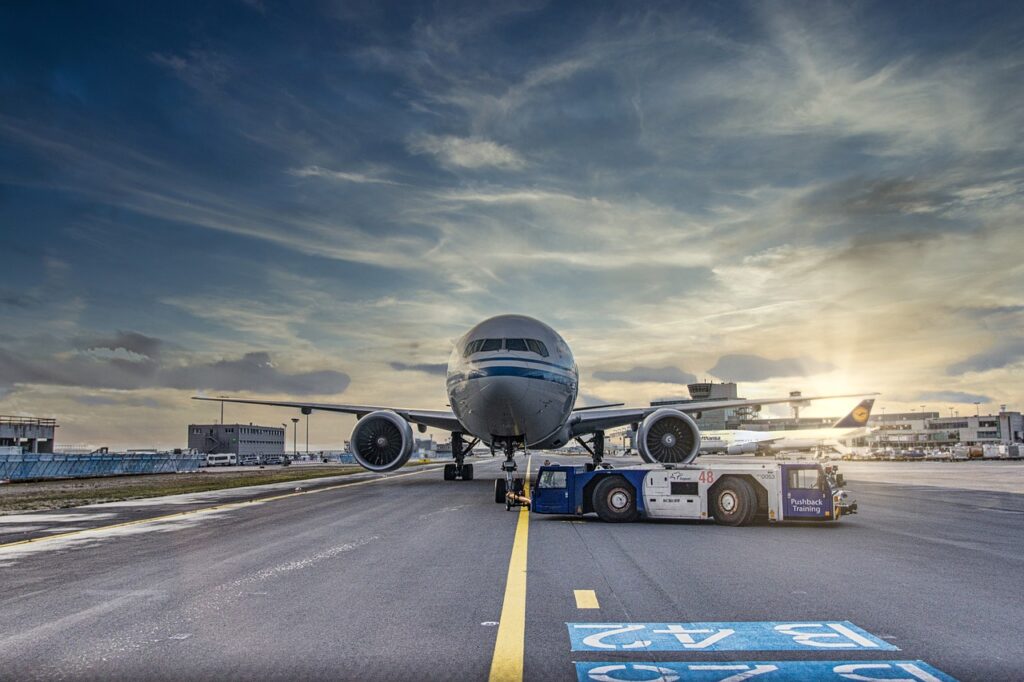American Airlines Pilots Union Raises Alarm Over Spike in Safety Issues

The Allied Pilots Association (APA), representing 15,000 American Airlines pilots, has sounded the alarm over a “significant spike” in safety issues related to the carrier’s flights. The union’s memo to its members highlighted “problematic trends” such as tools left in wheel wells, aircraft collisions during towing, and inadequate recordkeeping, raising concerns about the airline’s safety practices amidst heightened scrutiny of the US aviation sector.
Union Urges Pilots to Prioritize Safety

The APA’s message to its members emphasizes the importance of reporting any observed issues and resisting pressure to rush maintenance work. The union stated, “As the last link in the safety chain, our passengers and crew depend on us to be the strongest link in that chain.”
The memo also pointed out that while United Airlines is currently under public and government scrutiny, American Airlines could easily be next. The union encouraged its members to maintain their focus on safety rather than succumbing to pressure to meet on-time performance targets.
The concerns raised by the APA come at a time when the US aviation industry is grappling with a series of safety incidents, including the January 5 door plug blowout on an Alaska Airlines Boeing 737 Max 9 and roughly a dozen incidents on United Airlines flights last month.
American Airlines Responds to Safety Concerns
In response to the issues raised by the APA, American Airlines’ management has expressed a willingness to identify and address any gaps in its safety and maintenance processes. APA President Ed Sicher revealed that during a meeting with the airline’s management, they committed to involving the union in the safety risk assessment (SRA) process and ensuring the union has a seat at the table for the entire quality assurance process.
American Airlines released a statement emphasizing that safety is a shared mission and a top priority for the airline. The company highlighted its robust safety program, which is guided by an industry-leading safety management system and includes collaborative programs and regular touchpoints with the Federal Aviation Administration (FAA) and all unions, including the APA.
The airline’s spokesperson reports, “Safety at any airline is a shared mission and it’s especially true at American. Our robust safety program is guided by our industry-leading safety management system. It includes a multitude of collaborative programs — and regular touchpoints — with the FAA and all our unions, including APA, to further bolster our strong safety record and enhance our ever-evolving safety culture.”

Industry-Wide Safety Concerns

The safety issues highlighted by the APA are not isolated to American Airlines alone. The US aviation industry has been under increased scrutiny following a series of incidents involving Boeing and United Airlines.
The January 5 door plug blowout incident on an Alaska Airlines Boeing 737 Max 9 prompted the FAA to closely monitor Boeing’s manufacturing processes. The plane maker faced severe backlash and was ordered to slow down the production of its 737 MAX aircraft until it resolved its manufacturing issues. Boeing’s top management also saw a shakeup, with CEO Dave Calhoun announcing his resignation effective at the end of this year.
United Airlines has also been under the FAA’s watchful eye after a string of incidents related to its flights, including tire loss, skidding, and jammed rudder. The airline’s vice president of corporate safety, Sasha Johnson, sent a memo stating that the FAA will have an increased presence in United’s operations as they review some of its work processes, manuals, and facilities.
Collaboration Key to Addressing Safety Concerns

As the aviation industry navigates through these safety challenges, collaboration between airlines, unions, and regulatory authorities remains crucial in identifying and addressing potential risks.
The APA’s efforts to bring safety concerns to the forefront and American Airlines’ commitment to working with the union to improve safety processes demonstrate a positive step towards ensuring the well-being of passengers and crew members. As the industry continues to face scrutiny, maintaining open lines of communication and a proactive approach to safety will be essential in restoring public confidence in air travel.



